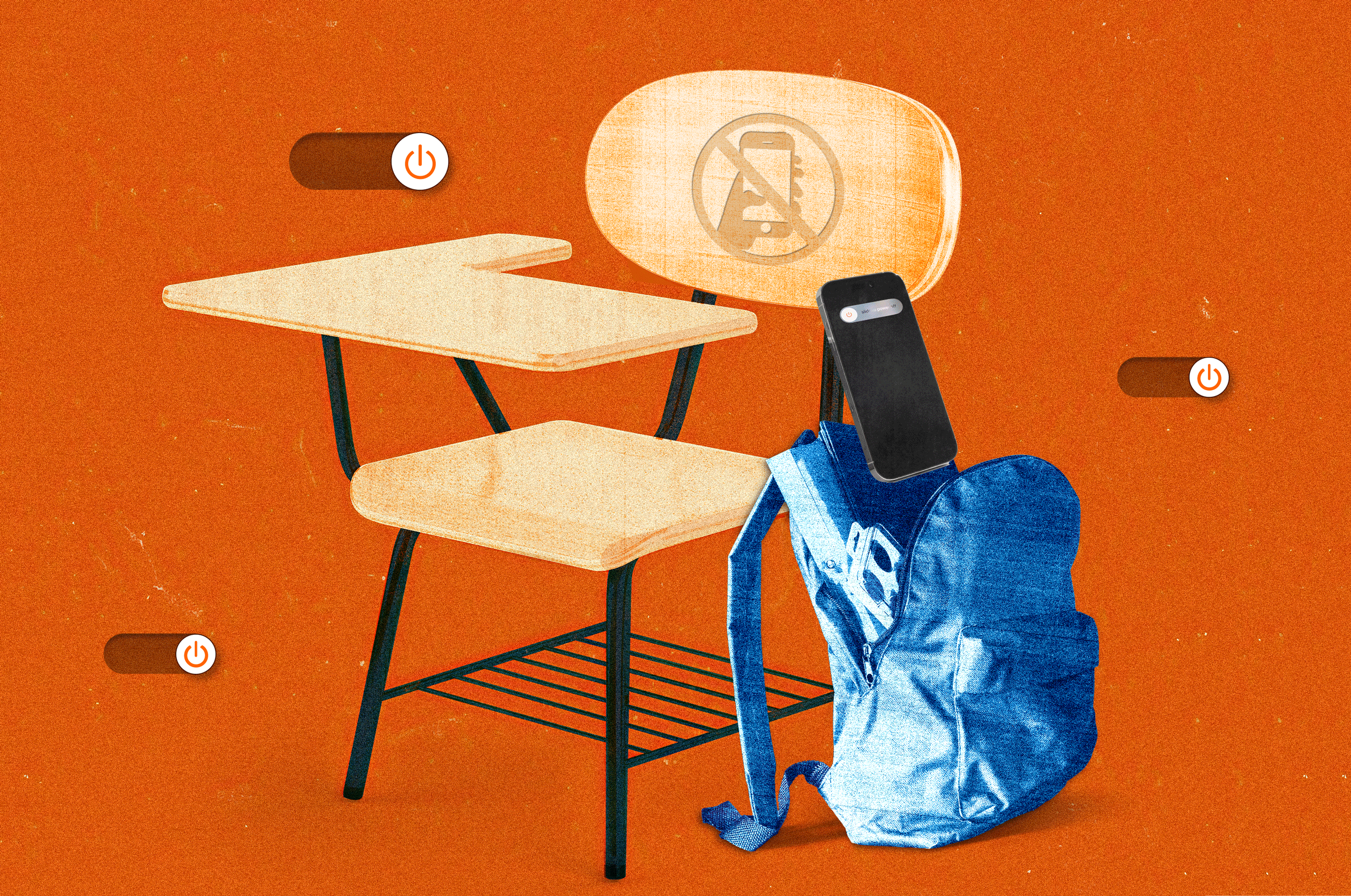Mountain Middle School in Durango, Colorado, banned cellphones from classrooms a dozen years ago.
Principal and executive director Shane Voss recalled that at the time, the constant texting and photo-snapping were too much to tolerate.

Mountain Middle School in Durango, Colorado, banned cellphones from classrooms a dozen years ago.
Principal and executive director Shane Voss recalled that at the time, the constant texting and photo-snapping were too much to tolerate.